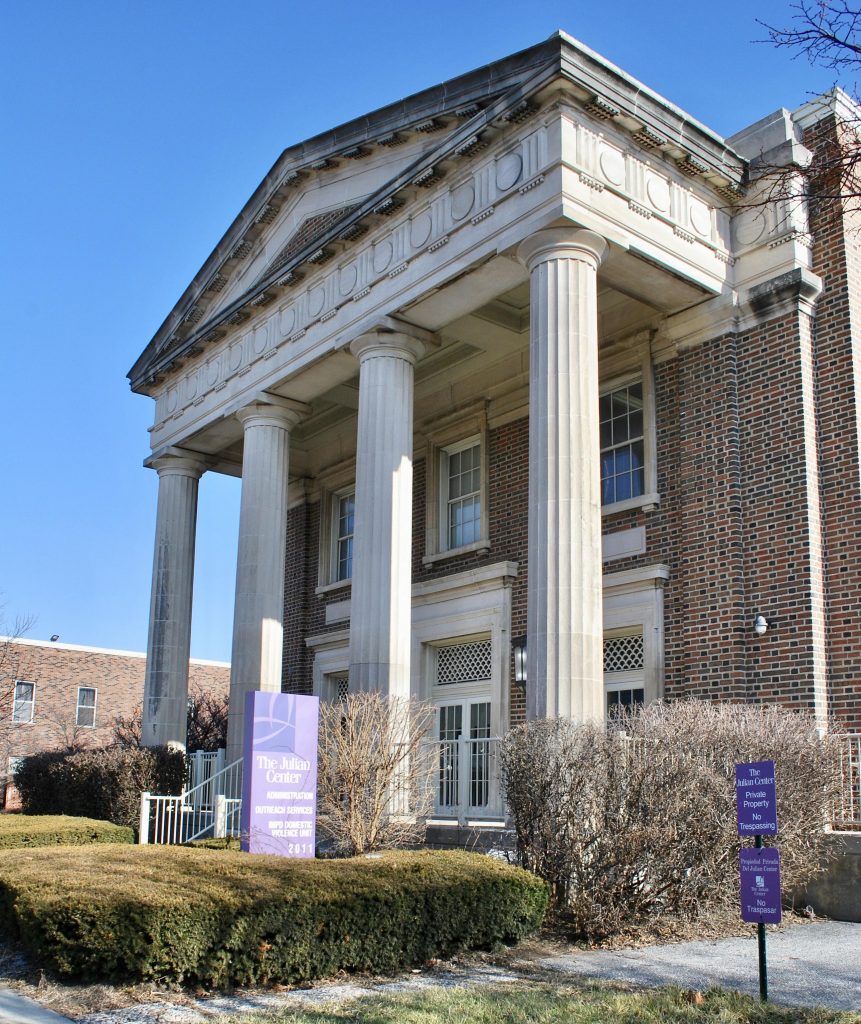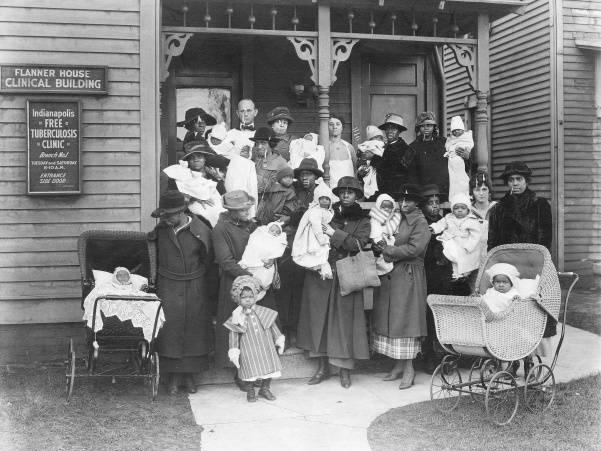The nonprofit and government sectors continuously complement, collaborate, and compete with one another. Each sector plays a necessary role in society yet depends on the other to fulfill its obligations.

Governmental systems are best equipped to address issues when a consensus exists, thus government tends to gear solutions toward the majority of the populace. Once a governmental system or solution is created, the government is required to treat citizens equally under the law. Government social welfare systems exist for members of certain clearly defined groups, such as the elderly and military veterans. Nonprofit organizations often collaborate with the government as both sectors intend to serve public purposes.
Since its earliest years, Indianapolis has provided social services through a combination of government and nonprofit agencies. In 1835 the Indianapolis Benevolent Society (2020’s ) was formed to supplement the assistance provided by township trustees. The municipal government has financed charitable institutions such as the Home for Friendless Women, Indianapolis Free Kindergarten, and .

By 1950 the Department of Welfare’s Children’s Division had adopted interagency agreements with many institutions, including the Family Service Association and the . These partnerships continue in 2020 with both agencies, which provide court-ordered family services and protective orders. The staff also issue protective orders and the maintains a presence within the shelter to work with survivors.
Some expressive or values-oriented missions are uniquely positioned in the nonprofit sector. Throughout U.S. history, for example, advocacy work and broader social movements have preceded government action, and the nonprofit voluntary association has helped inform electoral politics. For example, members of the Indianapolis Orphans Asylum (Children’s Bureau) mobilized in 1852 to reform Indiana’s child indenture law. The 1852 law required that children receive basic education in common schools, not have to work more than 10 hours per day, and must be emancipated upon reaching the age of adulthood or a female child’s marriage.
State and local governments often have experimented with the supervision of charities as part of a holistic view of urban environments and recognition of the interdependence of poverty with living and working conditions. The state established the Indiana Board of State Charities (BSC) in 1889. Through the 1890s Indiana passed poor law reforms in phases, designed to systematically wrest control away from the township trustees and shift care of the poor to charitable agencies. An 1895 law increased trustees’ record-keeping and audit requirements.
Between 1891 and 1911, Indiana passed laws to regulate charitable and correctional institutions, largely driven by charitable leadership. Legislation addressed industrial safety, women’s and children’s labor, widows’ benefits, compulsory education, sanitation, disease control, saloon and brothel control, and public recreation. Child welfare advocates from charitable agencies supported government-funded mother’s pensions in 1919. members saw to the passage of Prohibition, and the drove the legislation that granted women’s suffrage in 1920.

Philanthropy and government are related both by law and practical necessity. The government determines which organizations are charitable entities and thus tax-exempt and able to receive tax-exempt gifts. At the practical level, government agencies and philanthropic organizations cooperate in the provision of social services. The government has historically supported the nonprofit sector through favorable tax treatment, service programs that promote volunteering (Peace Corps, AmeriCorps, VISTA), funding through grants and contracts, and funding for users of nonprofit services (Medicare, Medicaid, student loans).
Social services provided by nonprofits may supplement, complement, or substitute for governmental services as seen with the work of the Indianapolis Network of Employment and Training (INET), and the . Supplemental assistance is provided by nonprofits like Meals on Wheels, the , and Volunteers of America. Other nonprofit organizations, including , , , Fathers and Families, , , and , instill attitudes and skills not gained in public schools. Nonprofits such as Exodus Refugee and also provide more attention to specific individual and community needs, at times in partnership with government.

The population of citizens experiencing homelessness has risen dramatically since the 1970s, following deinstitutionalization of the mentally ill and closure of state mental hospitals. Government-sponsored nonprofits emerged rapidly in the 1980s as alternatives to state social service agencies, especially in the areas of community mental health, youth services, and substance abuse treatment. New volunteer-driven nonprofit agencies also proliferated, especially shelters and programs for the developmentally disabled. In addition to (1893), newer nonprofits serving those experiencing homelessness include , , (HVAF), which supports the Veterans Administration Hospital, Horizon House, and Partners in Housing. The (CHIP) coordinates all the government and nonprofit services in Indianapolis as part of its Continuum of Care.
Nonprofits have greater ability to understand a particular niche or geography or group of underserved individuals. In addition to partnerships related to social welfare, government and philanthropy partner for community development, with signature projects such as the White River State Park and the Cultural Trail. The ARTS COUNCIL OF INDIANAPOLIS collaborates with the government agency, The Indiana Arts Commission, and the Indianapolis mayor’s office, to jury and regrant government block grants to arts and culture organizations.

Help improve this entry
Contribute information, offer corrections, suggest images.
You can also recommend new entries related to this topic.

